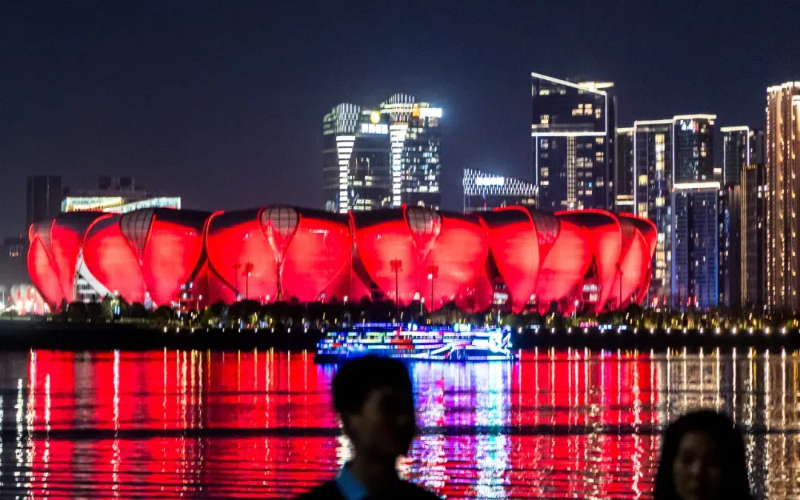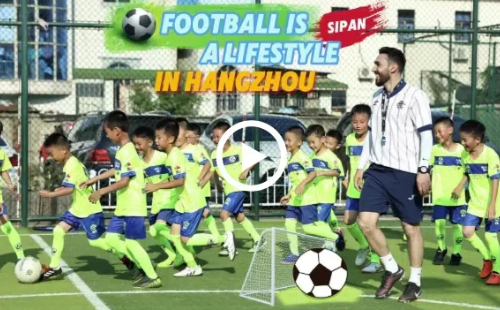New blueprint details greater integration of Yangtze River Delta cities
Innovation without pollution
To ensure that economic growth and environmental protection go hand in hand, the plan encourages the development of industries that have a low environmental impact.
To make better use of the natural and cultural resources such as the rivers, lakes and ancient water towns, the zone should promote eco-tourism, sports as well as health and wellness industries, according to the plan. The setting up of enterprises related to green finance, the information industry and new energy would also be encouraged.
One of the companies that fit this bill is Huawei Technology Co, which had earlier this year built a R&D center in Qingpu district.
"The center has generated 200 million yuan in taxes for this district and we estimate that this figure will exceed 1 billion next year," said Yu, the governor of Qingpu district.
The district will also push forward the development of the China Beidou Technology Innovation Base in the west Hongqiao area in Shanghai and attract companies in artificial intelligence and integrated circuits manufacturing, said Yu.
Jiashan county, on the other hand, will focus on smart sensors and hydrogen energy.
"In terms of the smart sensor industry, we have signed eight projects with a total investment of 13 billion yuan," said Xu,the governor of Jiashan county.
"The Huawei R&D center will pull a lot of companies onto its supply chain in the area and we want to seize this opportunity."
The county has also built a hydrogen full cell technology park and started operations of the first hydrogen-powered bus line in Zhejiang province, according to Xu.
"My vision for the area is that people work in innovation centers adorned with beautiful lakes at day, and rest in the nearby water towns at night," said Ma.
"Green is the background color of this zone."





 play
play